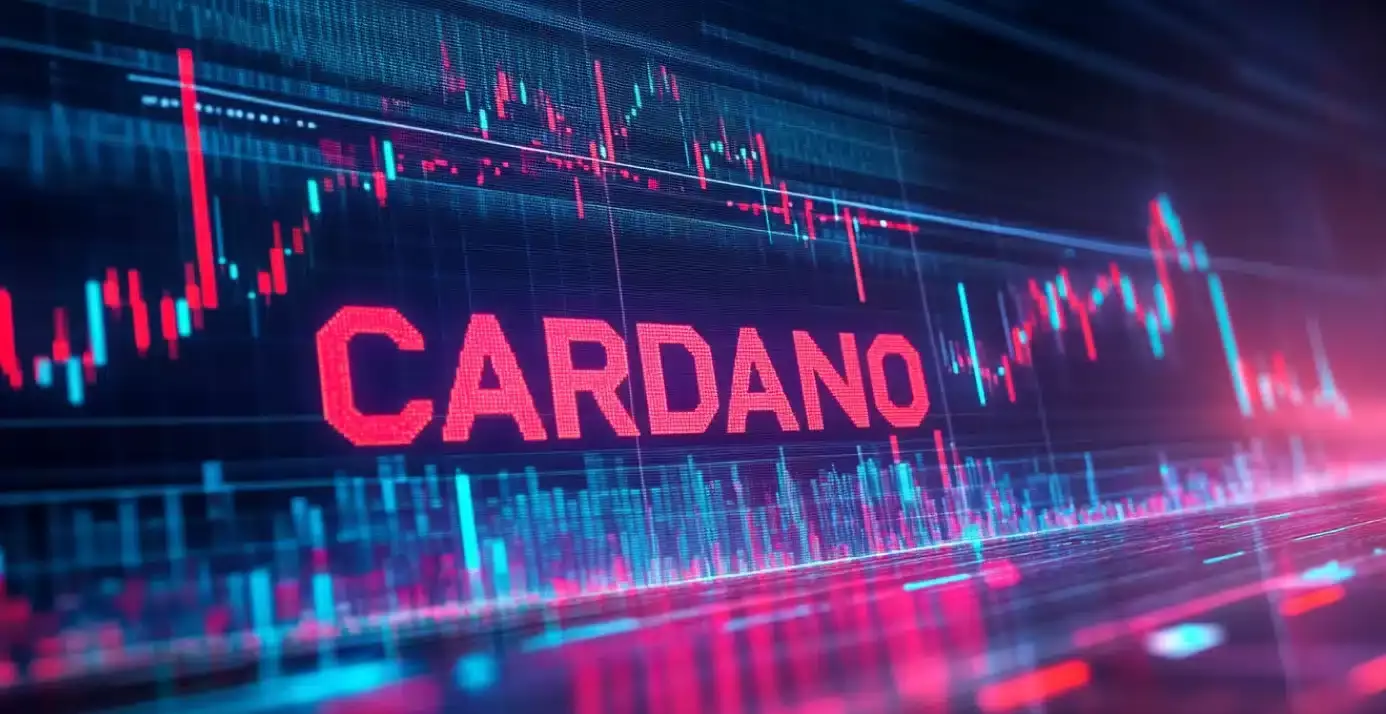The cryptocurrency landscape has recently experienced a dramatic downturn, significantly impacting several prominent altcoins, including Cardano (ADA). As of this past Sunday, Cardano’s price plummeted to around $0.70, indicating a staggering 47% retreat from its peak price in December of the previous year. This descent is not isolated; it reflects a broader sell-off affecting the entire cryptocurrency market. Other notable cryptocurrencies, such as Polkadot (DOT) and Chainlink (LINK), have also witnessed severe price reductions of 60% and 40%, respectively. This collective decline emphasizes a pervasive sentiment of fear among investors, often classified as a bear market.
The sentiment driving these market movements can be quantified using tools like the crypto fear and greed index, which has shifted significantly, landing in the fear territory at a low of 35. Such metrics suggest that investors are becoming increasingly risk-averse, opting to remain on the sidelines rather than actively participating in the market. This caution is highlighted by Cardano’s ecosystem, which also exhibits alarming signs of stagnation.
Cardano’s operational infrastructure is facing multiple challenges, particularly in terms of its decentralized finance (DeFi) sector. According to DeFi Llama, the total value locked in Cardano’s DeFi ecosystem has contracted to $350 million, trailing behind several less prominent blockchain networks like Mantle and Zircuit. Additionally, Cardano’s standing in the stablecoin market is modest, with its market capitalization dwindling to approximately $22.48 million—minuscule when contrasted with rivals such as Ethereum and Tron.
Moreover, financial performance indicators for Cardano indicate concerning revenue figures; the app revenue has spiraled down to an insufficient $1,236, a sharp contrast to the network’s valuation of over $30 billion. This disparity raises alarm bells about the sustainability and viability of the network, which boasts a mere 25,460 active addresses.
From a technical analysis standpoint, the indicators present a grim picture as well. Over the past few months, Cardano’s price trajectory has dropped from $1.3268 in November to the current low of $0.70. This includes falling below crucial support levels like the 50% Fibonacci retracement at $0.80 and the significantly crucial 200-day moving average, which now sits at $0.7230. In technical terms, breaches of these key levels often serve as red flags, signaling potential continued decline.
The persistence of negative momentum suggests that Cardano may test lower reaches, with the next watchful eye on the last week’s low of $0.5597, representing a potential additional 20% drop from current valuations. Nevertheless, should the price elevate beyond the critical resistance threshold of $0.7610, a shift in sentiment might occur, presenting a possible mitigation of the bearish outlook.
Cardano finds itself at a perilous crossroad. A combination of bearish market conditions, negative investor sentiment, and faltering ecosystem metrics places significant pressure on the token. The journey ahead requires not just resilience from Cardano but a broader recovery across the crypto ecosystem to pave the way for renewed investor confidence.
















Leave a Reply